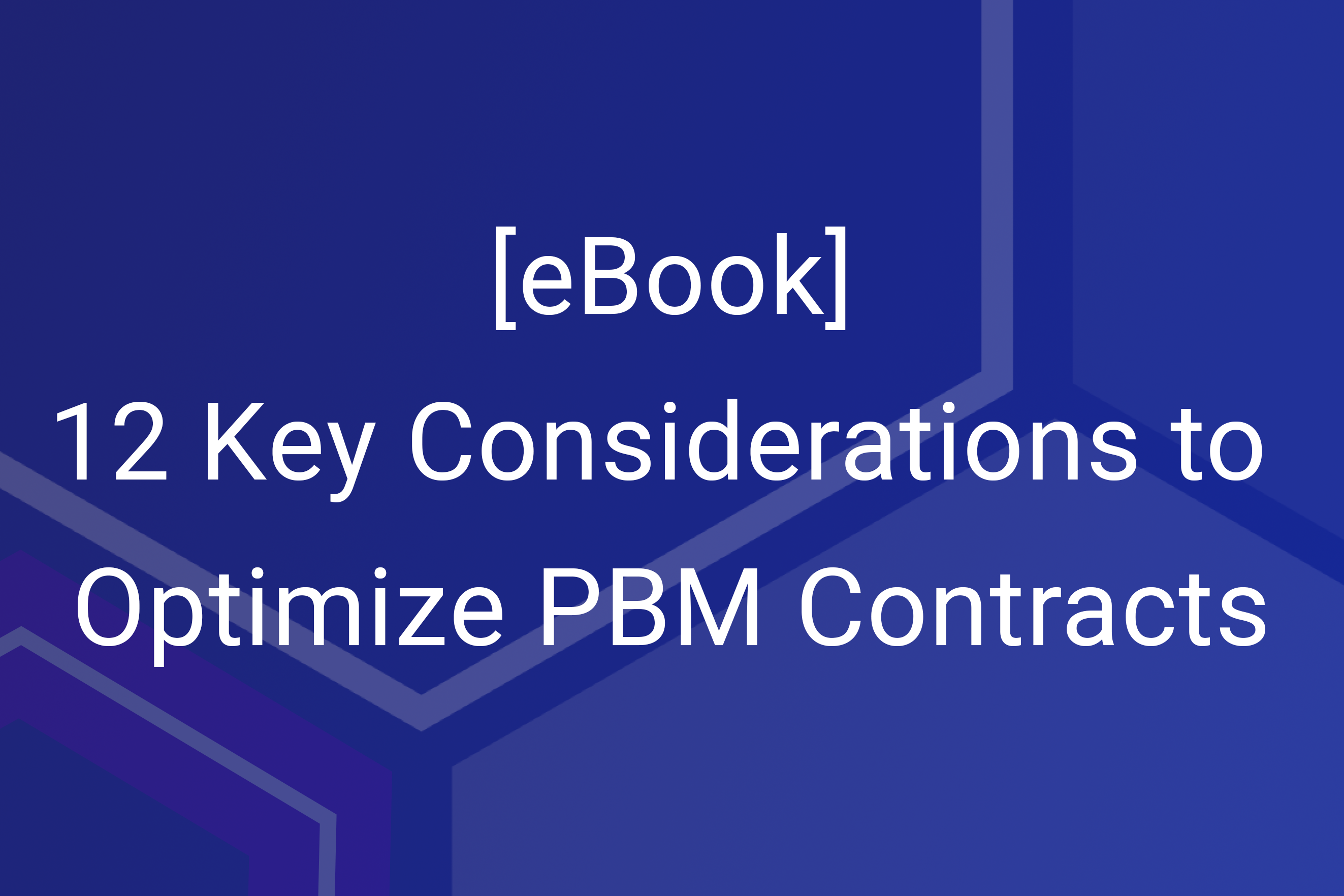As the healthcare landscape continues to evolve, staying informed about the latest developments in medication coverage and pharmacy benefits is essential. Given their rise in popularity, GLP-1s have been making headlines in recent news. GLP-1 medications play a crucial role in managing diabetes and weight-related conditions and have been in the news recently given their high price tag and the impact on coverage and affordability. Truveris’ recent webinar takes a deep dive into the GLP-1 landscape, the impact of their coverage, and strategies for employers to manage GLP-1 spend. Below, we have highlighted a selection of recent articles that cover changes in the GLP-1 landscape.
1. North Carolina State Workers’ Health Plan Ending Coverage for Certain Weight-Loss Drugs (U.S. News, Jan. 26, 2024)
The North Carolina State Health Plan, which covers more than 700,000 people, recently voted 4-3 to exclude coverage of anti-obesity drugs. This decision came amidst concerns over GLP-1 efficacy and cost-effectiveness for weight loss, with GLP-1s alone resulting in an estimated $102 million in spend for the state 2023, comprising about 10% of all prescriptions. In order to continue paying for weight loss drugs, the plan would have needed to implement a $48.50 monthly surcharge to each plan member, regardless of their use of the medications.
This move has sparked criticism from healthcare providers and advocacy groups, who argue that access to GLP-1s is crucial for patients struggling with obesity and related health conditions. It reflects broader discussions within the healthcare industry about the coverage and affordability of weight loss treatments, especially as obesity rates continue to rise nationwide. North Carolina is not alone in this. Connecticut, which has around 250,000 state employees saw an estimated 50% increase in GLP-1 spending every year since 2020, while Delaware has spent nearly $15M in just six months on these drugs. For plan sponsors, this means having to weigh their costs and benefits of covering this growing GLP-1 drug class for weight loss as they consider future pharmacy benefits structures.
2. The Increase In Appetite for Obesity Drugs (J.P.Morgan, Nov 29, 2023)
J.P.Morgan Research released a recent report that takes a deep dive into the GLP-1 landscape, forecasts for the future, and the impact of GLP-1s on various sectors. The article discusses the growing prevalence of obesity in the United States, highlighting that the obesity rate increased from 31% in 2000 to 42% in 2020. It also notes that the current usage of GLP-1 medications in diabetics is around 10-12%, with expectations of reaching 35% by 2030.
Research also shows projections indicating that by 2030, approximately 15 million people could be using GLP-1 medications for obesity, which would constitute about 9% of the US population. Despite projections for significant growth of the obesity market, the estimated coverage for obesity treatments currently stands at only 40%. This increase in the need for GLP-1s in the next few years will have financial implications for plan sponsors, who will need to find ways to optimize pharmacy benefits to both save for the organization and their members.
3. Demand for Obesity Drugs Has Insurers Paying Close Attention (WSJ, Apr 17, 2023)
GLP-1s offer the promise for weight management, but insurers are grappling with their high costs. With the class of drugs set to surpass $100B in annual sales, insurers (and ultimately, employers) will be the ones to foot the bill. While some employers are expanding their coverage to improve health outcomes and reduce long-term healthcare costs, others are implementing stricter criteria to limit access in order to manage spend. These rising costs lead to insurers getting more stringent on who gets covered for the treatment of obesity. Since these medications are still early in their release, despite their popularity, there is still a lot to learn on exactly which patients benefit most from these drugs.
There are also significant financial implications for PBMs. Vertically integrated insurers that also own a large PBM (ex: UnitedHealthcare/OptumRx) might not feel too much of an impact as the high volume for these drugs can drive up their PBM profits vs. rebates. However, other smaller PBMs might not be as protected from the high costs of GLP-1s. Employers might see these price differences when it comes time to negotiate their pharmacy contracts.
4. Insurance Denials for Popular New Weight Loss Medications Leave Patients With Risky Choices (CNN, Jan 8, 2024)
Only about 1 in 4 employers covered GLP-1 drugs for weight loss in 2023, and with the rising costs of these medications, these employers are starting to narrow the criteria that people need to qualify for coverage. This can be done through utilization management, by looking at individual case-by-case scenarios, or by requiring the trial of other therapies such as lifestyle management or older weight loss medications.
Though there are short-terms cost concerns in covering GLP-1s, this article also highlights the potential long-terms savings. In a study conducted by the Schaeffer Center for Health Policy and Economics at the University of Southern California, the research suggests that widespread adoption of GLP-1s among eligible Americans could result in potential savings of up to $1 trillion for the entire US society over the next decade. In addition to thinking about the costs, this makes it important for employers to consider the impact of coverage on their employee health and wellness.
Conclusion
Despite their popularity and efficacy both diabetes and weight management, GLP-1s are costly medications for employers as they think about pharmacy benefits coverage for their members, particularly when it comes to weight loss. With insurers concerned about GLP-1 prices, employers need to ensure they are negotiating with PBMs for the most optimized pharmacy contracts that can meet their unique member needs, including GLP-1s. Truveris’ contract optimization can support employers in navigating the evolving landscape of pharmacy benefits, enabling employers to achieve cost savings while ensuring comprehensive coverage of vital medications like GLP-1s.






